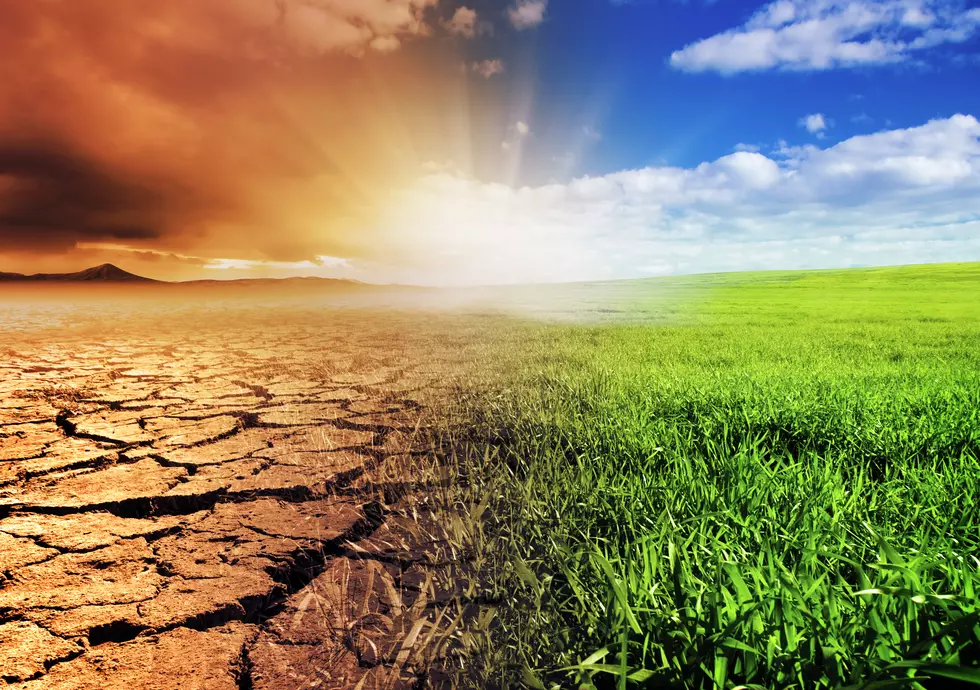
BREAKING: Drought Watch Issued For Oneida And Herkimer Counties
People in Utica/Rome and surrounding areas are asked to conserve water and reduce water use as there is a 'Drought Warning' now in effect.
We are seeing some relief but it's not enough to get us out of the warning.
With only a few days of rain during September, it's no surprise that Oneida and Herkimer Counties, along with 29 other New York State Counties, are in a "Drought Watch."
The Four Drought Stages and What They Mean
There are four stages of drought that can be declared in New York State. The Drought Plan describes the actions to be taken during each drought stage by water purveyors, towns and villages, water authorities, and other agencies with water supply responsibilities.
- Drought Watch - The least severe of the stages, a drought watch, is declared when a drought is developing. Public water suppliers begin to conserve water and urge customers to reduce water use.
- Drought Warning - Voluntary water conservation is intensified. Public water suppliers and industries update and implement local drought contingency plans. Local agencies make plans in case of emergency declaration.
- Drought Emergency - The Governor may declare an emergency. The Disaster Preparedness Commission coordinates the response. Mandatory local/county water restrictions may be imposed. Communities may need to tap alternative water sources to avoid depleting water supplies, protect public health, and provide for essential uses.
- Drought Disaster - Disaster plans are implemented. Water use is further restricted. The Governor may declare a disaster and request federal disaster assistance. Emergency legislation may be enacted. The state provides equipment and technical assistance to communities.
DEC Commissioner Basil Seggos explains:
"While the watch is just the first stage, it gives New York State agencies and emergency response advanced notice of a developing drought. We can all do our part conserving water now by taking some simple steps. Minor changes in your everyday routine can go a long way in helping prevent increased drought levels."
What We Can Do to Save Water:
- Turn off the faucet while shaving, washing up, brushing teeth, and washing dishes. The average person uses 10.9 gallons of water from the faucet a day.
- Fix dripping and leaking faucets and toilets. A faucet leaking 30 drops per minute wastes 54 gallons a month.
- Don't run the tap to make the water cold or hot. Instead, keep a pitcher of water in the refrigerator.
- Put a plastic jug filled with water in the tank of conventional toilets. You'll save that much volume in water each time you flush.
- Throw used facial tissues into the wastebasket instead of using the toilet. You'll save up to 6 gallons of water each time you don't flush.
- Wash only full loads of dishes and laundry. The average dishwasher uses 8-12 gallons, whether or not it's a full load.
If you are experiencing a water shortage, please contact your local agricultural extension, local health department, or DEC regional office.

KEEP READING: Get answers to 51 of the most frequently asked weather questions...
More From 96.9 WOUR









